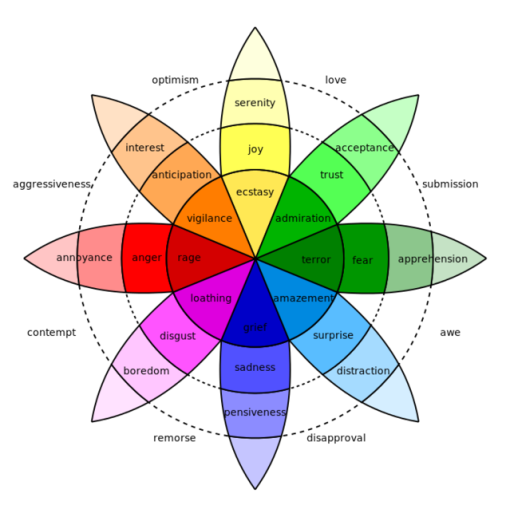In 2015, Disney Pixar released a film atypical from their normal subject matter, and oddly educational for the target audience.

Inside Out
Inside Out (2015) follows Riley, an adolescent girl moving from her frigid Midwestern town to wacky San Francisco, and the antics of her five basic emotions. First she experiences Joy, then shortly thereafter: Sadness; followed by Fear, Anger, and Disgust. As her emotions develop, they influence her memories, they blend together to form unique sensations, and a couple of them even get away from her brain’s central control panel!
This Disney Pixar film has been praised for its scientific psychological implementations, far fetched from its typical historic and cultural themes. The film presents not only emotions in a way children can understand, but also imagination, abstract thought, the formation of memories, personality, and the development of the brain.
Did You Know…
Disney Pixar’s film Inside Out utilized actual research from psychologist Paul Ekman? He’s a top-noch psychologist who has been in-the-head with emotional research for over 50 years. You can thank him for Inside Out, the IAPS, FACS, and the TV Show, “Lie to Me”–he’s the grandfather of most of our modern emotional understanding!
Five or Six?
Did you know Inside Out left out one major emotion (as used in traditional definitions)? That’s right. Paul Ekman’s research developed surprise as the sixth basic emotion, of which we see much in fear, and when Riley comes to sudden realizations about her emotions (Ekman, 2016).
Five is a more aesthetically pleasing number, though, isn’t it?

Above, a multidimensional scale adds the emotions of anticipation and trust to the basic emotional spectrum, suggesting eight basic emotions rather than six.
Generally, emotions have moral connotations: joy, happiness, and excitement result in positive stimuli like getting a new puppy or winning a successful job position. On the other hand, sadness, anger, fear, and disgust get a bad rap for their negative associations. However, the Creator of all things true and good designed all six of these emotions for our protection, survival, and enjoyment [Ecclesiastes 3:1 p.]–they’re a basic part of our human nature. Ultimately, there is a time and place for everything; seasons of joy, pain, and confusion. Our emotions, like those from Inside Out, work for our benefit. If you’re struggling today with your feelings, try not to work against them; instead, befriend them. 🙂
Application: For Parents and Adults, a more thorough explanation to Inside Out

It would only do for a superb researcher like Paul Ekman (pictured above) to tailor his findings to adults. In the following link, you will find a wealth of finer resources about Inside Out and the emotions behind it.